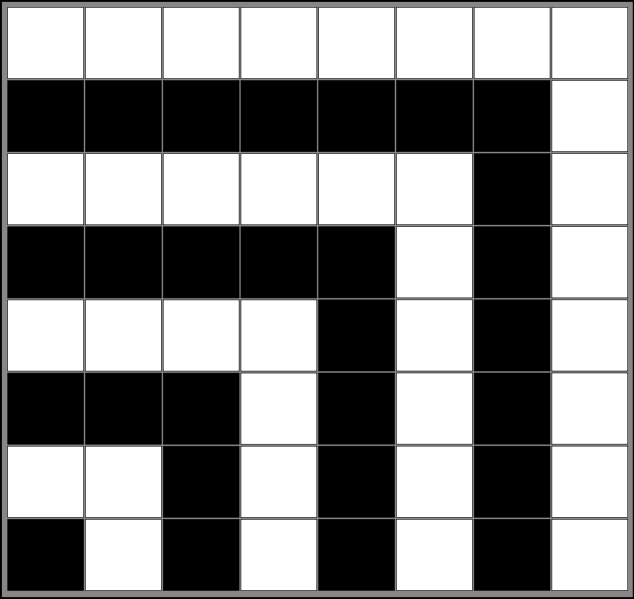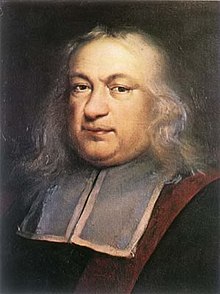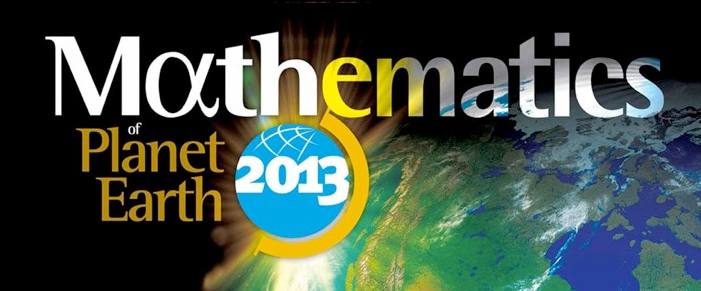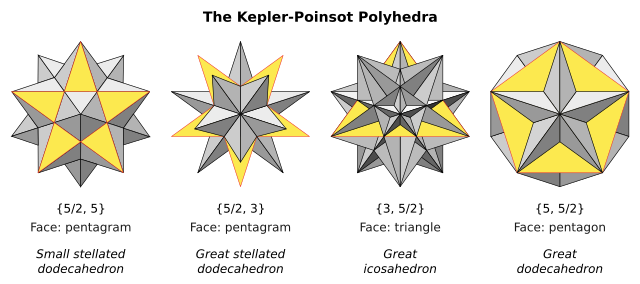In mathematics, a proof without words is a proof of an identity or mathematical statement which can be demonstrated as self-evident by a diagram without any accompanying explanatory text. Such proofs can be considered more elegant than more formal and mathematically rigorous proofs due to their self-evident nature. When the diagram demonstrates a particular case of a general statement, to be a proof, it must be able to be generalised.
Sum of odd numbers
The statement that the sum of all positive odd numbers up to 2n − 1 is a perfect square—more specifically, the perfect square n2—can be demonstrated by a proof without words, as shown below. The first square is formed by 1 block; 1 is the first square. The next strip, made of white squares, shows how adding 3 more blocks makes another square: four. The next strip, made of black squares, shows how adding 5 more blocks makes the next square. This process can continue indefinitely.










 . Hence
. Hence  holds for some a and b that are coprime.
holds for some a and b that are coprime. . Rewriting this gives
. Rewriting this gives  .
. . Since 2 is prime, we must have that
. Since 2 is prime, we must have that  .
. , and we have that
, and we have that  .
. , and using similar arguments as above, we conclude that
, and using similar arguments as above, we conclude that  . However, we assumed that
. However, we assumed that  cannot be written as a rational number. Hence, it is irrational.
cannot be written as a rational number. Hence, it is irrational.






 denote the norm of vector x and
denote the norm of vector x and  the inner product of vectors x and y. Then the underlying theorem, attributed to Fréchet, von Neumann and Jordan, is stated as:
the inner product of vectors x and y. Then the underlying theorem, attributed to Fréchet, von Neumann and Jordan, is stated as: ), if the parallelogram law holds, then there is an inner product on V such that
), if the parallelogram law holds, then there is an inner product on V such that  for all
for all  .
.